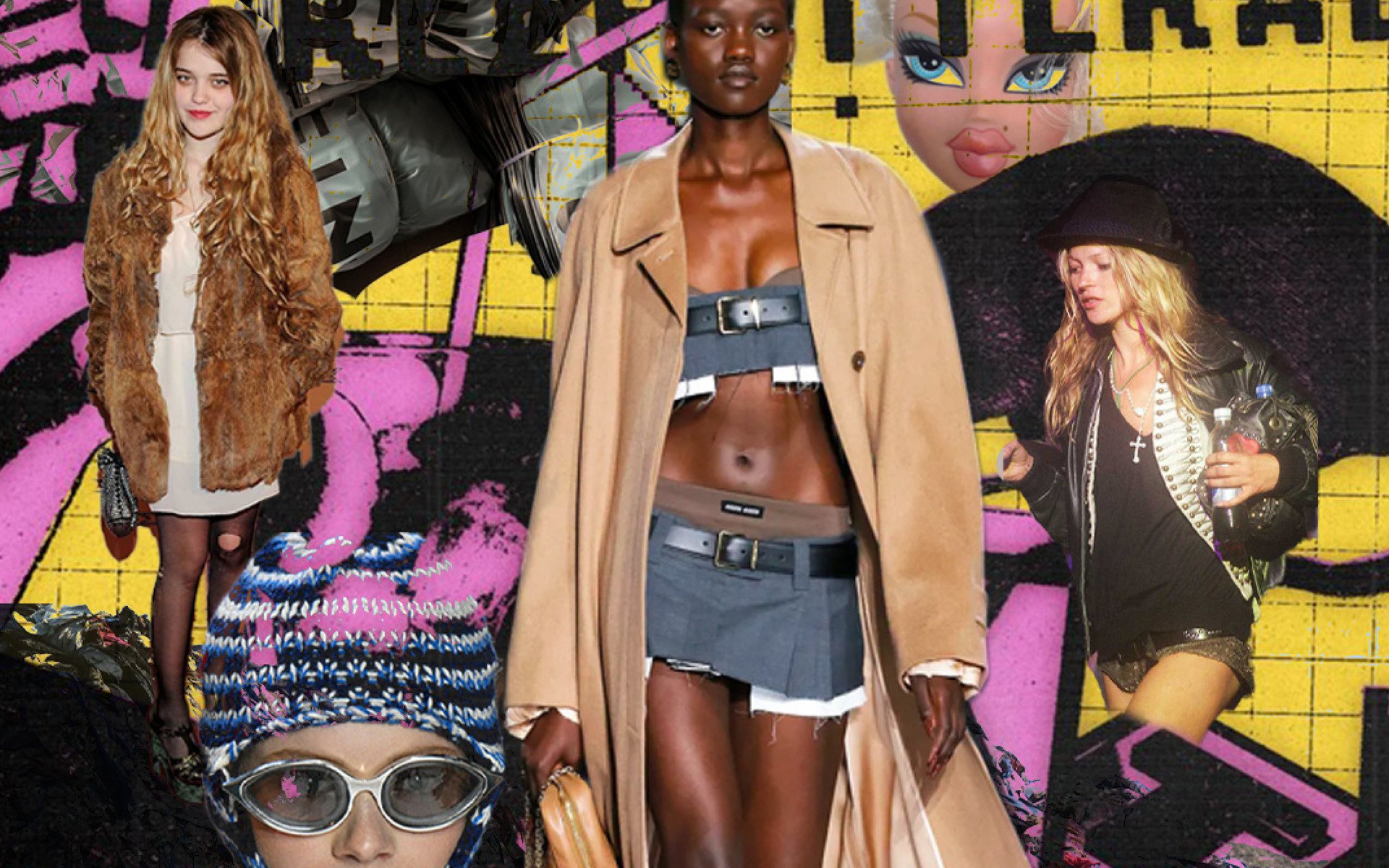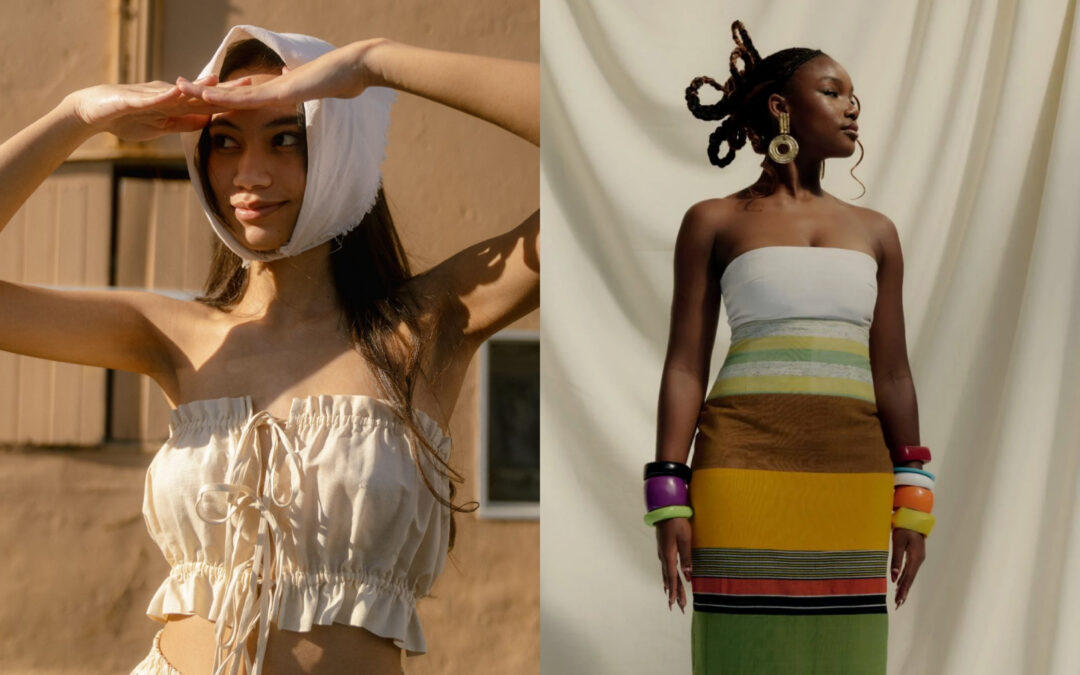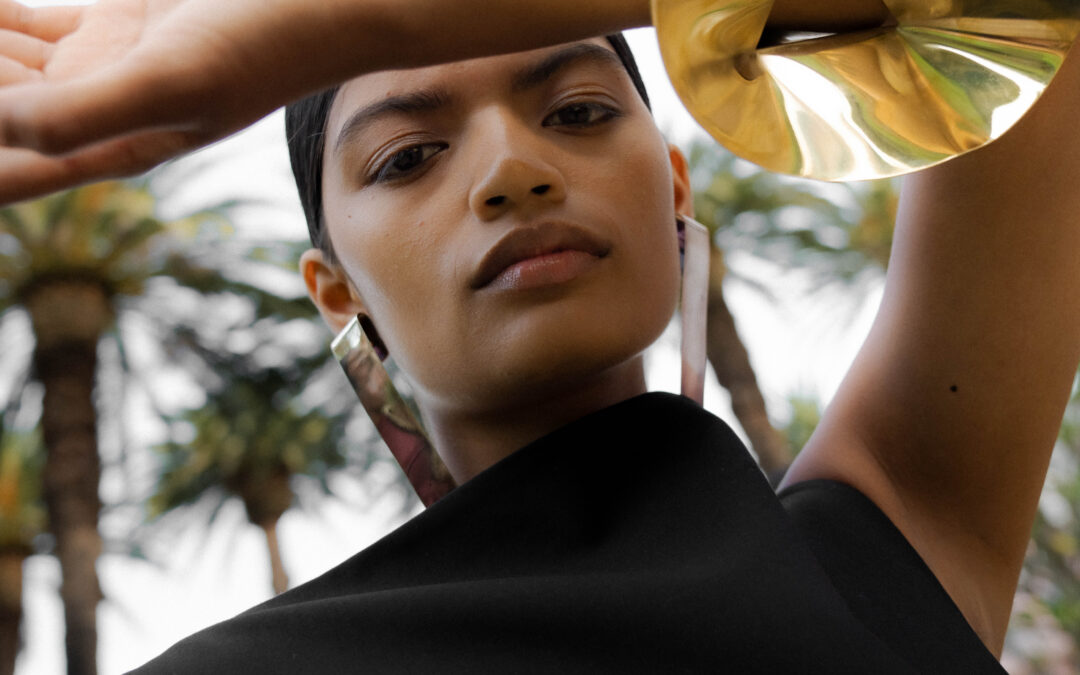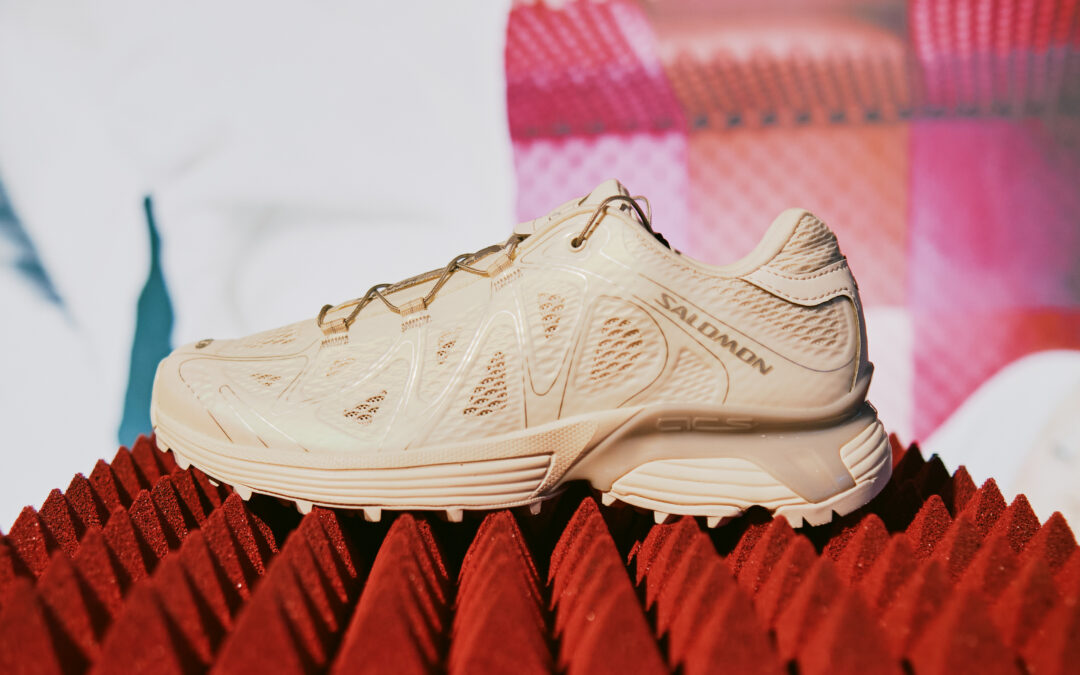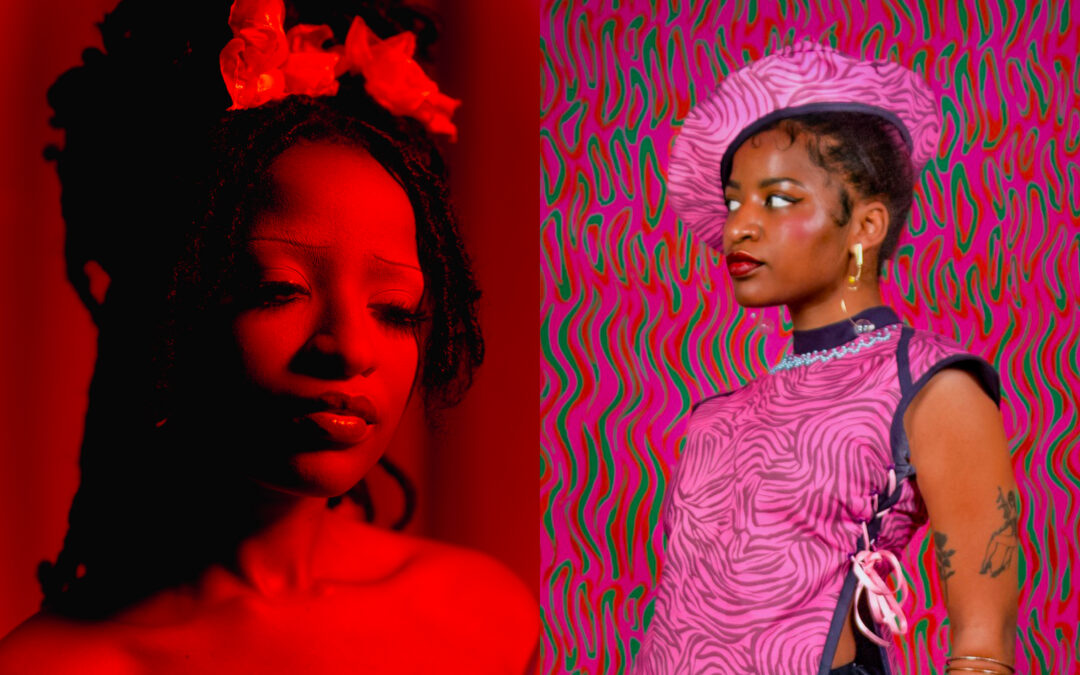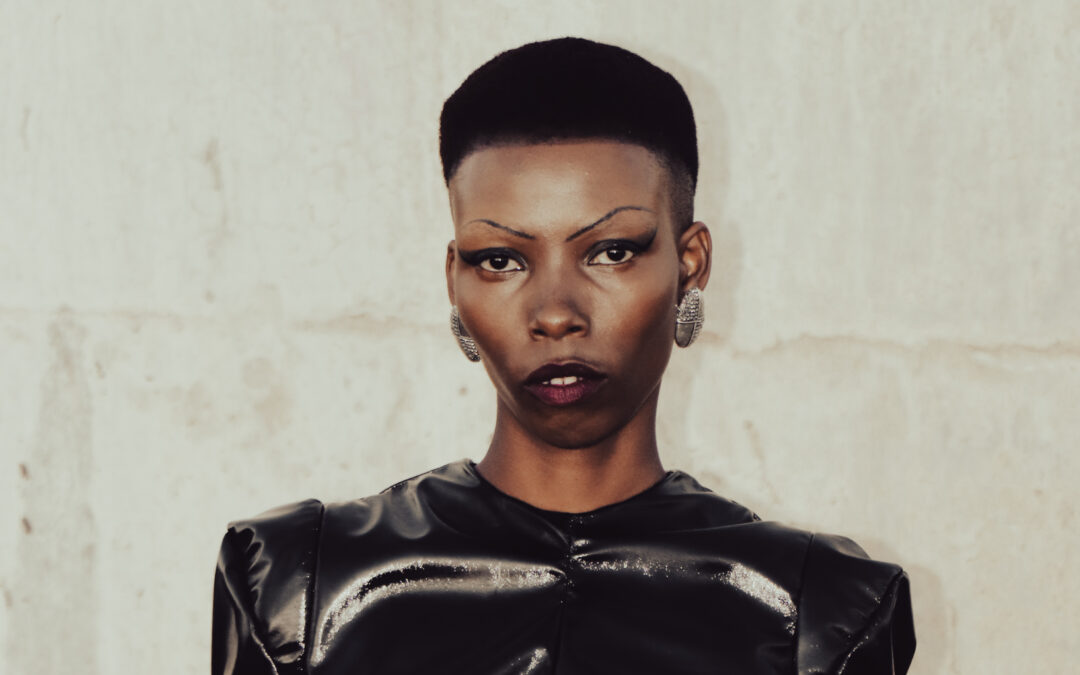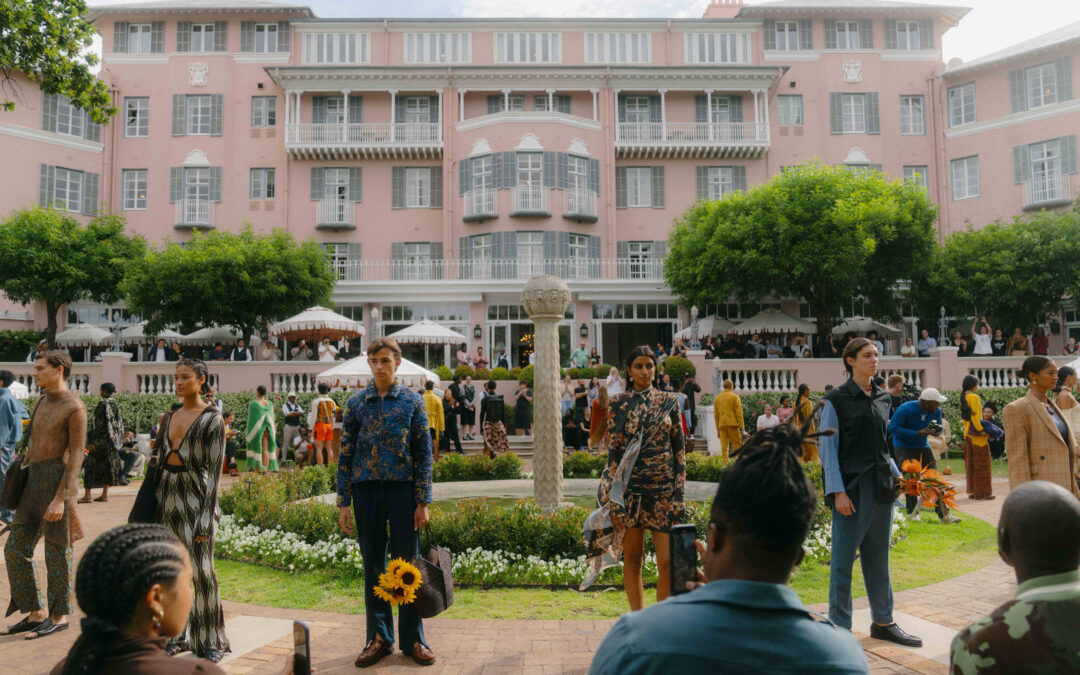Reality can be really, really absurd. On one hand, we have never been more urgently aware nor required to act in lieu of the devastation that is climate change; with 2022 seeing thousands of scientists participating in civil disobedience, and who have warned that the effects of our warming planet – and our (often involuntary) participation is accelerating this heating – has arrived – and that systems of governance and industry have known for decades that we would meet this point. This sits in stark contrast to the hyper-consumerist stronghold 2022 had on us all; we have never been buying and discarding more products and cosplaying in subcultures and trends than we have in the last year. While self-expression is one thing – and we have an abundance of ways to do it in our world today – journalists from Vice and GoodOnYou have been reporting on the connection between microtrends and the sinister rise and success of fast-fashion giants like SHEIN. As Maggie Zhou investigates and reports for GoodOnYou, “Micro trends are the fuel to ultra fast fashion’s engine. While they often spur organically on platforms like TikTok, brands with alarming labour and environmental track records capitalise off these micro trends to push consumption and waste to new levels.” GoodOnYou provides exceptional reporting and the most comprehensive directory and rating system available for fashion brands and their impact on the planet, people and animals.
So what are microtrends? These are snapshot moments that burst out of varying corners of the internet – and become obsolete just as quickly, generally by social media users; think temporarily reigning products like the Miu Miu skirt or micro-cultural predictions like ‘Indie Sleaze’, or ‘gnomecore’ – each of these variations of a microtrends exhibit an aspect of emerging collective behaviours or aspiration; this being an absolute key driver for brands like SHEIN to act fast, creating and distributing their clothing in obscenely unethical ways. In a way, it almost feels like a satirical dance we are all doing; like a responsive performance to the way technology and capitalism have intersected to embed themselves in our hearts, minds and mostly critically, our wallets; and yet, there are real-life consequences for the seemingly harmless or nonsensical proliferation of microtrends. In Izzy Copestake’s brilliant piece for Vice, titled ‘Please Stop Falling for Microtrends’, she speaks to sustainable fashion educator Tom Crisp, who says, “The trends prey on our insecurities about the way we look and feel,” he says, “encouraging us to consume more in order to stay on trend. These clothes are often designed to be worn once or twice before being thrown away,” says Crisp. “So this consumption adds to fashion’s huge waste clothing problem, especially for the Global South, where most of this waste ends up, destroying local environments and local fashion and textile industries. These clothes are overproduced and generally made from fossil fuel-derived plastics, further adding to the environmental and climate emergency through oil extraction, chemical pollution and causing microplastics to leach into soils and seas degrading the ecosystem.”
When quirky, collective micro-movements or identities such as fairycore / cottagecore / Gorpcore and normcore (etc, etc) are unable to be independent of hyper-consumption; we have a problem. Perhaps only the rise of thrifting seems to err on the side of caution around consumption – with Gen-Zs leading the charge, and thrifting being one of the biggest ways in which we consume. In a conversation among CEC’s team, the starting sentiment to the year was stylistic exhaustion – with our designer, Briony Blevin, saying, “I don’t even know what to wear anymore.”; this appears to be the precise notion of the 21st century. With the 2000s marked by y2K pop style, and the 2010s by ‘indie sleaze’ – alongside trend cycles shortening, will style remain neatly packaged into decades as with the hippies of the 1960s or grunge and hip-hop in the 1990s? While these are markers of the youth, over-culture – not everyone was wearing plaid in the 90s – how do we throw caution to the wind of our own sense of style, and bow out of the demanding, trickle-down seasons of the runway that find their way onto shelves in our local stores? As always, my rule is buy less – thrift as often as possible – and invest in pieces that I can see myself wearing in years to come; pieces that might only need accessories to draw into a different ‘iteration’ of style. As for the rest? I hope we can find a way through the materialism defining who we feel ourselves to be…and still look cute while doing it.
///
Images:
Bratz doll: Sonia Singh.
Miu Miu miniskirt: Estrop/Getty Images.
Jethro Nepomuceno: Dazed
Panos Pictures Public Eye: Shein
Snood: Calvin Klein
Written by: Holly Beaton
Collage by: Briony Blevin
Published: 19 January 2023
For more news, visit the Connect Everything Collective homepage www.ceconline.co.za

